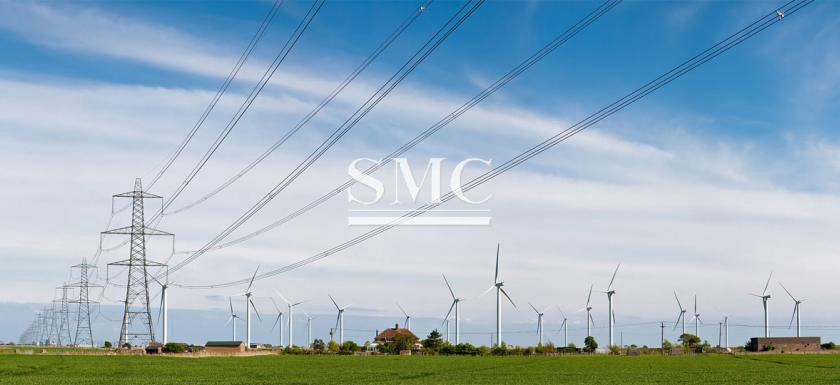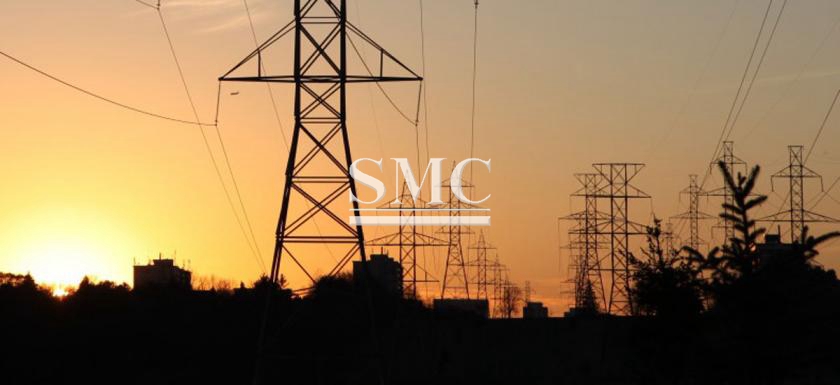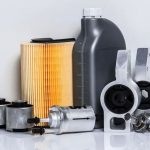How the electricity grid works
The electricity grid is a complex and incredibly important system, and one of the most impressive engineering feats of the modern era. It transmits power generated at a variety of facilities and distributes it to end users, often over long distances. It provides electricity to buildings, industrial facilities, schools, and homes. And it does so every minute of every day, year-round.

What makes up the electricity grid?
Our nation’s electricity grid consists of four major components, each of which is detailed below.
Individual generators
ies generate electricity, including coal-and normal gas-blazing force plants, hydroelectric dams, atomic force plants, wind turbines, and sunlight based boards. The area of these power generators – and their separation from end clients – differs broadly. These innovations are likewise physically distinctive, and are utilized and controlled contrastingly on the force matrix therefore. For instance, certain sorts of force plants, for example, coal and atomic force plants have minimal fleeting adaptability in conforming their power yield; it takes quite a while to increase or down their power yield. Other plants, such as natural-gas fired plants, can be ramped up very quickly, and are often used to meet peaks in demand. More variable technologies, such as wind and solar photovoltaics, are generally used whenever they are available, in large part because their fuel – sunlight and wind – is free.
At any given time, there is also always a “reserve margin,” a specified amount of backup electricity generating capacity that is available to compensate for potential forecasting errors or unexpected power plant shutdowns. Electricity demand, supply, reserve margins, and the mix of electricity generating technologies is constantly monitored and managed by grid operators to ensure that everything runs smoothly.
Electricity generators are owned by electric companies, or utilities, which are in turn regulated by the state’s Public Utility Commission (PUC) or the Public Service Commission (PSC). PUCs and PSCs are independent regulatory agencies appointed by the state legislature. Generators can only be built with approval from the PUC or PSC, and these agencies set appropriate electricity rates within their state that the utilities must abide by.
Transmission lines
Transmission lines are important to convey high-voltage power over long separations and associate power generators with power purchasers.
Transmission lines are either overhead electrical cables or underground power links. Overhead links are not protected and are defenseless against the climate, but rather can be less costly to introduce than underground power links. Overhead and underground transmission lines are made of aluminum combination and fortified with steel; underground lines are normally protected
ransmission lines carry high voltages because it reduces the fraction of electricity that is lost in transit – about 6% on average in the United States. As electricity flows through the wires, some of it dissipates as heat through a process called resistance. The higher the voltage is on a transmission line, the less electricity it loses. (Most of the electric current flows close to the surface of the transmission line; using thicker wires would have minimal impact on transmission losses.)
Transmission-level voltages are typically at or above 110,000 volts or 110 kV, with some transmission lines carrying voltages as high as 765 kV. Power generators, however, produce electricity at low voltages. In order to make high-voltage electricity transport possible, the electricity must first be converted to higher voltages with a transformer.
These high voltages are also significantly greater than what you need in your home, so once the electricity gets close to end users, another transformer converts it back to a lower voltage before it enters the distribution network.
Transmission lines are highly interconnected for redundancy and increased reliability of electricity supply, as this map of U.S. transmission lines shows. There are three main transmission networks across the United States: the Western Interconnection which is west of the Mississippi River; the Eastern Interconnection, which is largely east of the Mississippi River; and the Electric Reliability Council of Texas (ERCOT).
Like electricity generators, transmission lines must be approved by the state (PUCs or PSCs) before being built. However, wholesale electricity transactions, which are made between regional grid operators, are regulated by a national agency called the Federal Energy Regulatory Commission (FERC).
FERC regulates the electricity grid on a larger scale than PUCs and can resolve disputes among different market participants on the grid. Transmission networks are sometimes managed by utilities, but some networks are managed by separate entities known as Independent System Operators (ISOs) or Regional Transmission Organizations (RTOs). These companies facilitate competition among electricity suppliers and provide access to transmission by scheduling and monitoring the use of transmission lines.
Distribution
The distribution network is simply the system of wires that picks up where the transmission lines leave off. These networks start at the transformers and end with homes, schools, and businesses. Distribution is regulated on the state level by PUCs and PSCs, who set the retail rates for electricity in each state.
Consumer use or “load”
The transmission grid comes to an end when electricity finally gets to the consumer, allowing you to turn on the lights, watch television, or run your dishwasher. The patterns of our lives add up to a varying demand for electricity by hour, day, and season, which is why the management of the grid is both complicated and vital for our everyday lives.

Shanghai Metal Corporation is a trusted aluminum alloy, aluminum foil price, stainless steel price and stainless steel manufacturer, kinds of stainless steel in china.
Guest contributors are welcome at the Alloy Wiki.It is a weekly wiki and guide on alloy information and processing technology, while also about the vast array of opportunities that are present in manufacturing. Our team of writers consists of a Machining Material Supplier / Machinist / Tool and Die Maker, a Biomedical Engineer / Product Development Engineer, a Job Development Coordinator / Adjunct Professor, and a President and CEO of a manufacturing facility.
Link to this article:How the electricity grid works
Reprint Statement: If there are no special instructions, all articles on this site are original. Please indicate the source for reprinting:Alloy Wiki,thanks!^^


